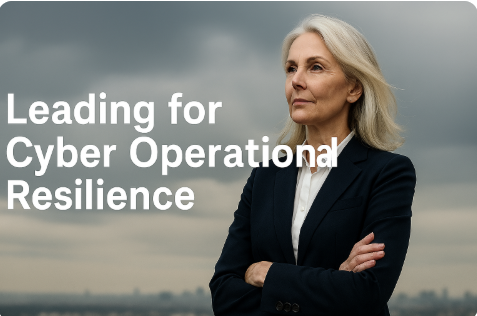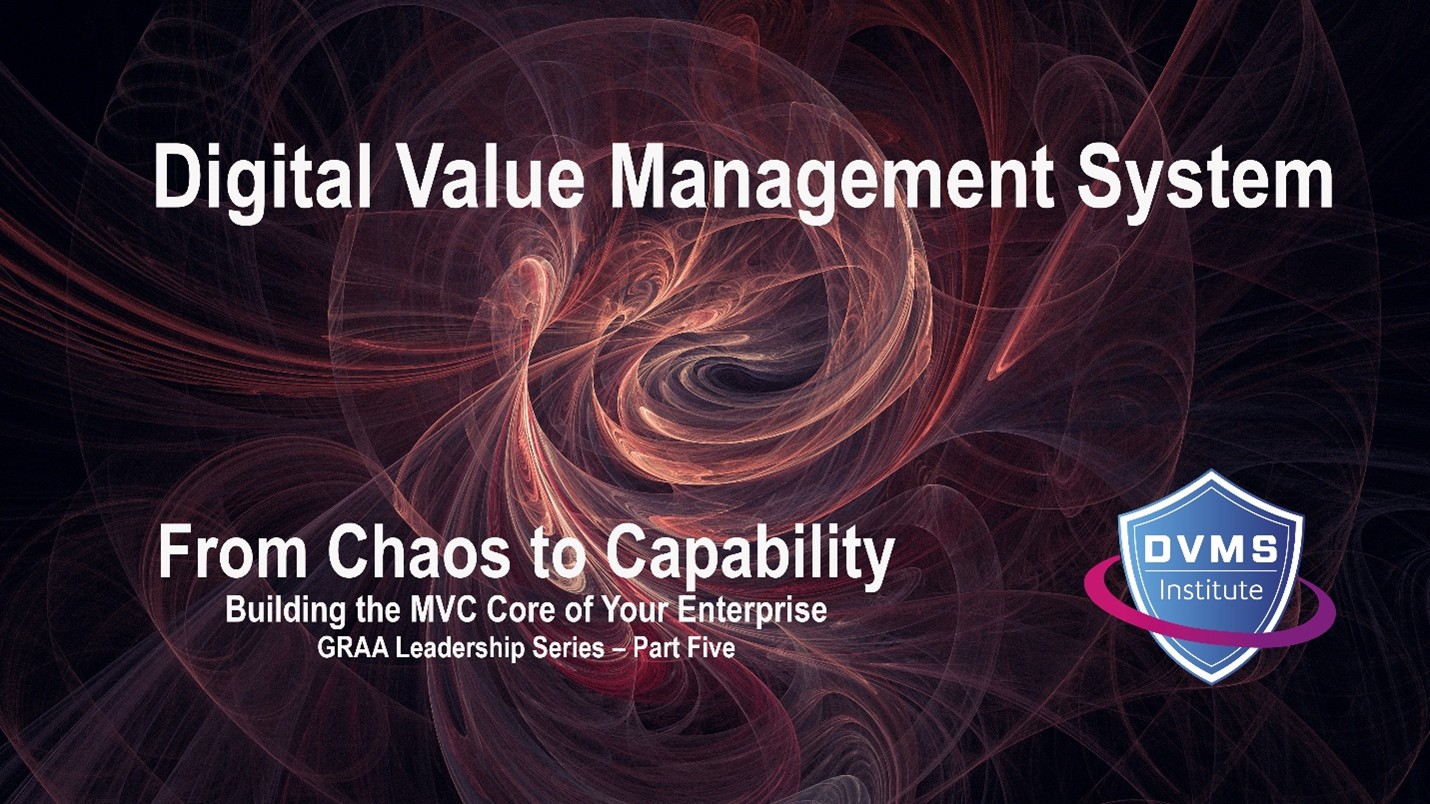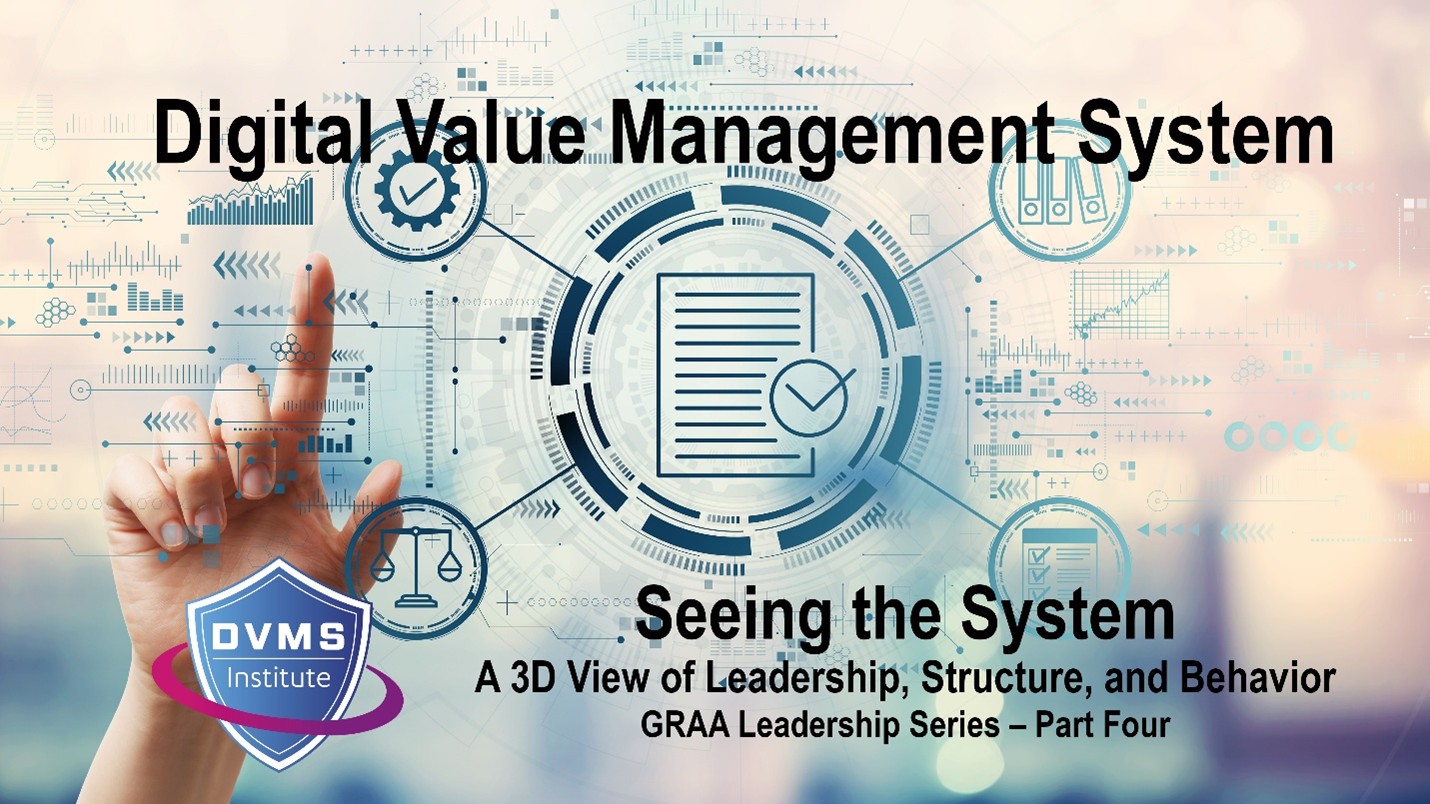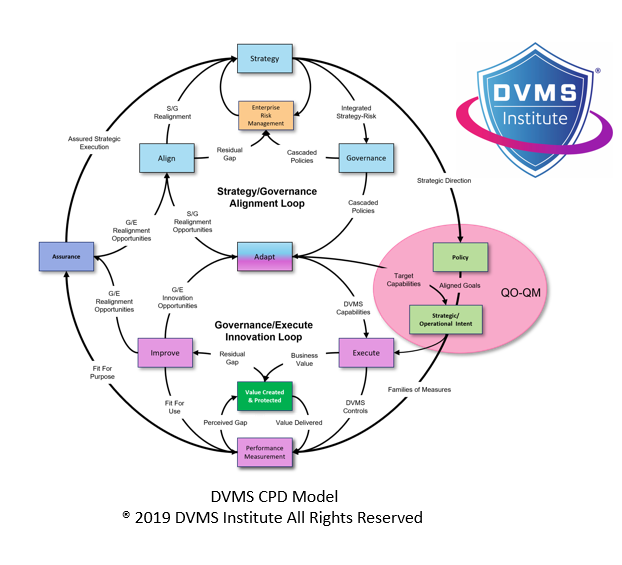From Compliance to Resilience – Why Executives Must Rethink GRC in the Age of Digital Disruption
David Nichols – Co-Founder and Executive Director of the DVMS Institute
Governance Models in a Disrupted World
In boardrooms and executive meetings worldwide, one truth has become undeniable: the governance, risk, and compliance (GRC) models we have depended on for decades are no longer suitable. They were created for an era of relative stability when industries advanced slowly, competitive threats appeared predictably, and regulations changed steadily. Today, digital business operates in an environment that is anything but stable. The rules have changed, but too often, our approach to governance has not.
The Changing Nature of Risk and the Limitations of Traditional GRC Approaches
At the core of this challenge is a significant shift in the nature of risk itself. Risk used to be something we could measure, categorize, and control neatly: financial risks, operational risks, compliance risks. The goal of GRC was to match these risks to controls, ensure compliance with regulations, and provide assurance that the organization was “in control.” This model worked well when external pressures were mostly predictable and when internal operations could be optimized for efficiency and predictability.
The Rise of Resilience Over Compliance
But today, digital businesses operate in a constant state of disruption. Whether it’s a sudden cybersecurity breach, a shift in customer behavior driven by new technology, or the ripple effects of geopolitical instability, organizations are affected by forces they cannot fully predict or control. In this climate, compliance alone is not sufficient. The key question for leaders is no longer, “Are we compliant?” but rather, “Are we resilient? Can we adapt in real time to meet our commitments despite the unexpected?”
Introducing the Digital Value Management System® (DVMS)
The Digital Value Management System® (DVMS) plays a role in this. The DVMS isn’t a simple framework or checklist; it’s an approach designed to assist organizations in creating, safeguarding, and delivering digital business value in changing conditions. It understands that value and risk are interconnected, and that the ability to manage both at the same time is the mark of a truly resilient organization.
Shifting from GRC to GRA
Crucially, the DVMS approach centers on Governance, Risk, and Assurance (GRA) as its core operations. While GRC emphasizes ensuring that governance frameworks and risk controls meet established standards, GRA adopts a more flexible approach. Assurance is not about checking boxes after the fact; it involves providing real-time confidence that the organization has the ability, capacity, and readiness to act when it matters most. This represents a fundamental shift from backward-looking evaluation to forward-looking assurance.
Why the Transition Is Difficult for Leaders
Many executives find this transition difficult, and understandably so. Compliance has long been a comfortable anchor: It provides clear rules, measurable results, and tangible artifacts like reports and certifications. But resilience calls for something more flexible and demanding. It requires leaders to accept uncertainty as a constant, invest in capabilities that can adapt under pressure, and govern not just for control but for flexibility.
The Difference Between Cyber Compliance and Cyber Resilience
Consider, for example, the difference between having a cyber compliance program and having cyber resilience. Compliance might show that firewalls are in place, patches are up to date, and policies are documented. However, resilience requires knowing how your teams will respond when a breach happens at 2 AM, whether your communications systems can withstand an attack, and whether your supply chain partners are ready to work together under stress. Assurance in the GRA sense is not about checking paperwork; it’s about knowing, with confidence, that your organization can perform under unpredictable circumstances.
Cultural Shifts Toward Adaptive Governance
This shift also has cultural implications. A compliance-focused organization often develops a risk-averse, control-centered mindset. It looks backward, ensuring that nothing has gone wrong. A resilience-focused organization, by contrast, promotes situational awareness, adaptive learning, and empowered decision-making. It recognizes that failure and disruption are inevitable, but that survival and success depend on how quickly and effectively the organization can respond.
Elevating Governance Through DVMS and GRA
The DVMS does not ask leaders to abandon governance or risk management but to elevate it. It offers an integrated approach that aligns strategy, operations, and assurance, helping executives navigate complexity with clarity. By adopting GRA through the DVMS perspective, organizations can shift from a fragile, compliance-focused stance to one of strong resilience, where governance is about more than oversight, enabling value creation amid uncertainty.
The New Standard: Trusted Resilience
For today’s executive, this is not just a theoretical discussion. Customers, investors, regulators, and employees all demand more than just evidence of compliance. They want assurance that the organization can be trusted to deliver, even when conditions change. Reputation, market standing, and long-term sustainability increasingly rely on this ability.
A Call to Action for Executive Leadership
So, every executive should ask: Are we still following a GRC playbook made for yesterday’s world, or are we developing the adaptive assurance capabilities we need for today and tomorrow? Complying is no longer enough. We must be ready to adapt, recover, and thrive.
Conclusion: Leading for Resilience
The DVMS and its GRA model provide a clear way forward. They encourage leaders to rethink how governance functions at the intersection of value and risk, and to develop organizations that are not just compliant but resilient by design. For those ready to make the change, the rewards include surviving in a volatile environment and leading and thriving within it.
Now is the time to move beyond compliance. Now is the time to lead for resilience.
About the Author

Dave is the Executive Director of the DVMS Institute.
Dave spent his “formative years” on US Navy submarines. There, he learned complex systems, functioning in high-performance teams, and what it takes to be an exceptional leader. He took those skills into civilian life and built a successful career leading high-performance teams in software development and information service delivery.
In today’s digitally driven economy, cyber disruptions are no longer an “if” but a “when.”
The DVMS Institute’s Certified Training Programs teach organizations the skills to build a Holistic and Culture-Aligned Overlay System capable of coordinating Adaptive, Cyber Operations Governance, Resilience, and Assurance across a Complex Digital Ecosystem.
Achieving true cyber resilience across a complex digital ecosystem requires seamless alignment between organizational Strategy, Governance, and Operations, underpinned by a culture dedicated to sustaining and continuously innovating organizational digital value.
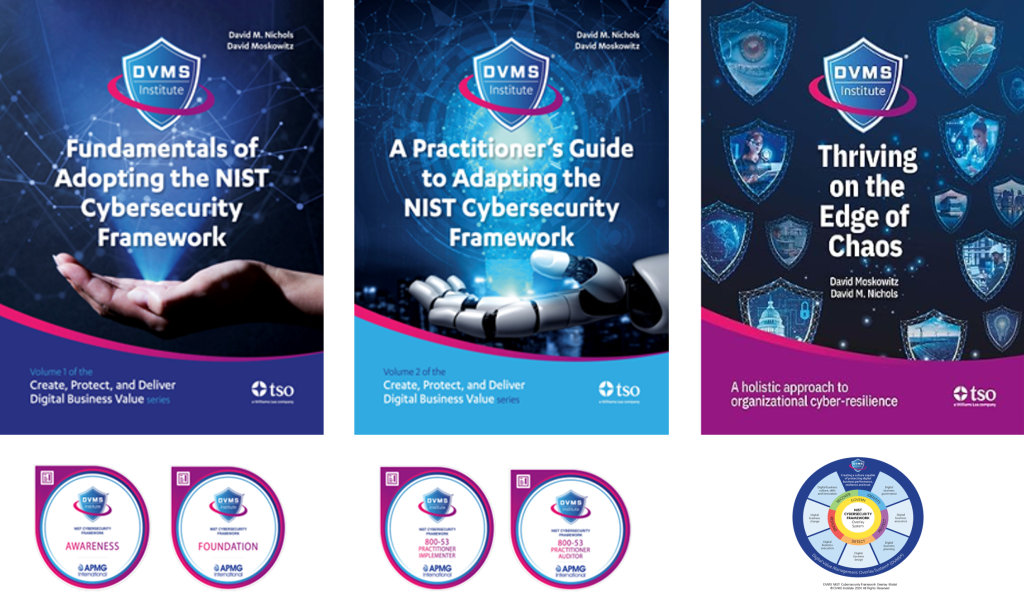
The DVMS positions cyber resilience as a strategic, enterprise-wide capability powered by the Institute’s CPD, Z-X, and 3D Knowledge models.
This systems-based approach to cyber operational resilience demands active engagement from all members of the Digital Ecosystem, with each member playing a distinct role in proactively identifying and mitigating the systemic risks that threaten digital business operations.
This adaptive, forward-looking approach to Governance, Resilience, and Assurance (GRA) positions businesses to:
- Maintain Operational Stability Amidst Constant Digital Disruption
- Drive Agility and Trust Across Your Digital Ecosystem
- Satisfy Critical Regulatory and Certification Requirements
- Leverage Cyber Resilience as a Competitive Advantage
DVMS Explainer Videos
- Architecture Video: David Moskowitz explains the DVMS System
- Case Study Video: Dr. Joseph Baugh Shares His DVMS Story.
- Overlay Model – What is an Overlay Model
- ZX Model – The MVC’s that power operational resilience
- CPD Model – Adaptable governance and assurance
- 3D Knowledge Model – Enabling holistic organizational learning
- FastTrack Model – A phased approach to cyber resilience
Digital Value Management System® is a registered trademark of the DVMS Institute LLC.
® DVMS Institute 2025 All Rights Reserved

